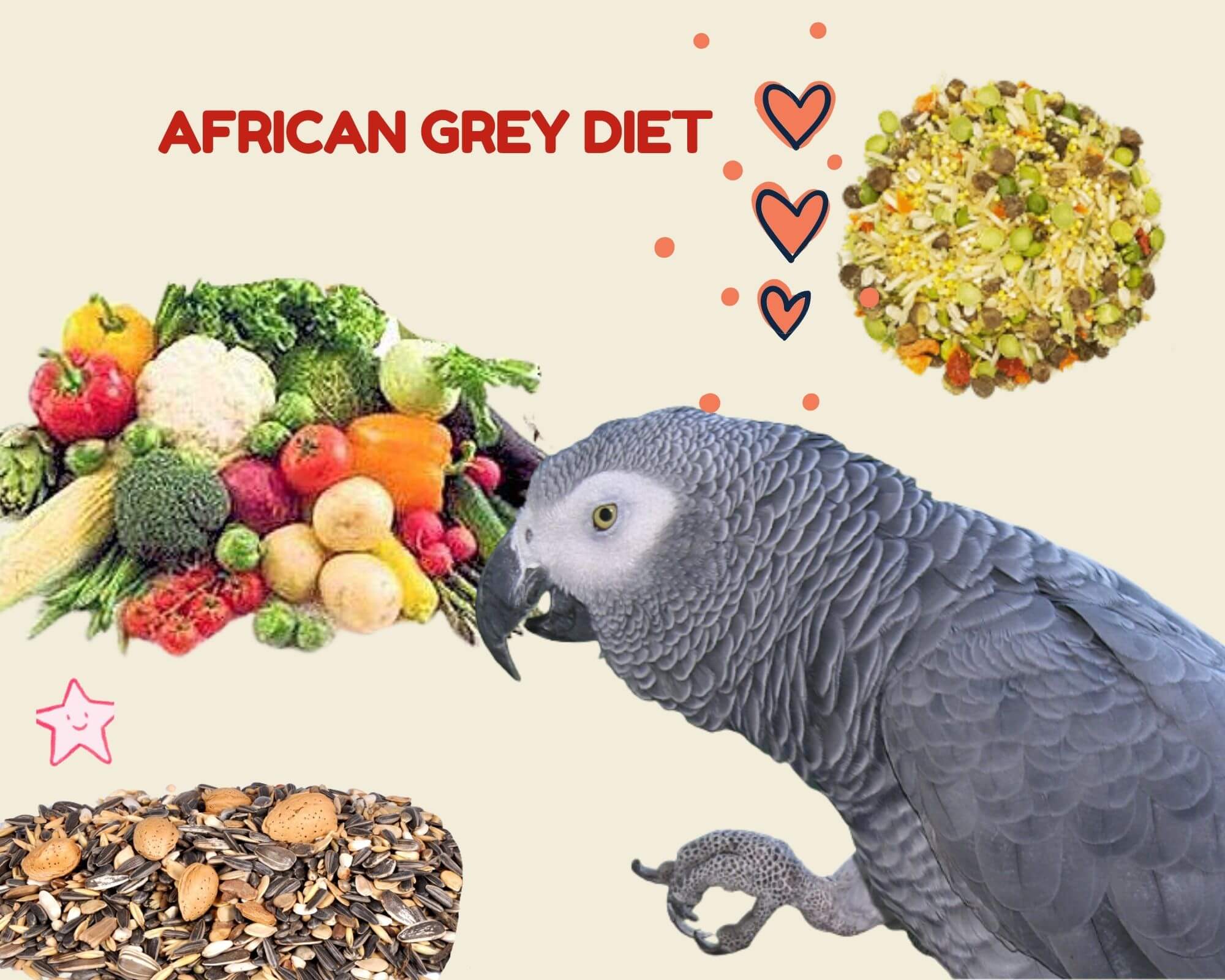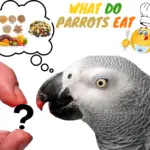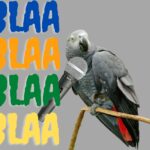
Diet and Foraging
Feeding Main Foods Taken
Feeds on plant material, including fruits, seeds, flowers, and buds.
Microhabitat for Foraging
African grey diet:
No studies. The species is mostly seen feeding in the tops of trees though there are reports of large groups descending on the ground to eat aquatic plants, drink water, and consume soil.
Food Capture and Consumption
African grey diet:
Few data. One study in Uganda accompanied flocks of Gray Parrot eating fruits of Pseudospondias macrocarpa between July and August and noticed that the birds would remove the fruit’s flesh and consume the pulp of the seed.
In general, the Psittaciformes are known for their ability to use their feet to manipulate food and their strong bill to break the seeds and remove the pulp, which is rich in protein and fat, using the pointed bill tip and muscular tongue.
Forages in flocks of up to ~30 individuals, sometimes mixing with Senegal Parrot (Poicephalus senegalus). In Uganda, foraging flocks averaged 3.8 individuals (range 1–10) per tree, with flocks spending an average of 48.9 min on each tree. The estimated rate of seed consumption per individual was 5.2 seeds/min. Subspecies seem to have similar foraging methods.
do not feed these to african grey parrot | How To Train Your Bird
SOURCE: Rashid Khan
Diet
Major Food Items
Fruits and seeds, notably the oily flesh but not a seed of oil-palm were the most preferred foods in Gabon; also consumes Pseudospondias macrocarpa, Ficus, Heisteria, Dacryodes, Petersianthus, Combretum, Macaranga, Raphia, Harungana, Ceiba, Blighia, Bombax, Celtis, Caccia, Petersianthus, Parkia, Terminalia, and maize, to which much damage can be done. In Bioko, it seems to be fond of Cola tragacanth.
Quantitative Analysis
In Korup National Park, Cameroon, 14 different tree species (belonging to 13 families) were exploited, of which 3 species involved flower sources (20%), 3 involved seeds (26.7%), and 7 involved fruit (53.3%), with another 6 species being unconfirmed as food sources; seasonal diet shifts, caused by the absence of preferred food types, were noted;
for example, during seasons with poor plum yield, parrots consumed more Macaranga Spinosa and Elaeis guineensis, but some tree species fruit longer than others, e.g., Symphonia globulifera produced flowers over 7 months of the year. Subspecies seem to have similar diets.
African Grey Parrot Food List Complete In English
SOURCE: Aisha Zaman




















